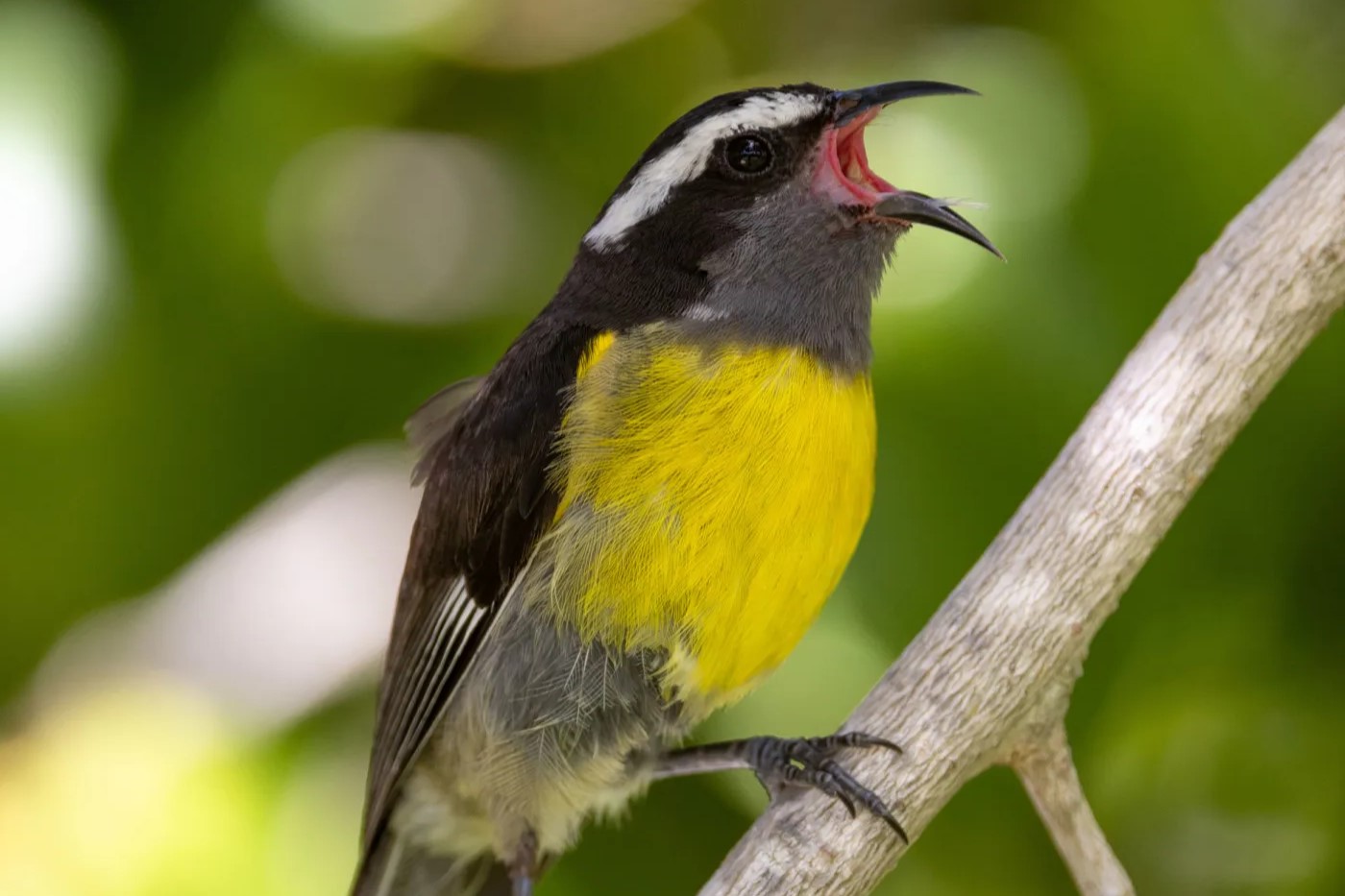
Adaptive evolution is a fascinating process where organisms change over generations to better fit their environments. But what exactly drives this transformation? At its core, adaptive evolution is powered by natural selection, where beneficial traits become more common in a population. Imagine a world where giraffes with longer necks reach higher leaves, giving them a survival edge. Over time, these traits spread, shaping the species. This process isn't just about survival; it's about thriving in diverse habitats. From the Arctic's polar bears to the desert's camels, each species tells a story of adaptation. Why is this important? Understanding adaptive evolution helps us grasp how life on Earth has diversified and how species might respond to future environmental changes. Dive into these 20 intriguing facts to uncover the secrets of nature's adaptability.
Key Takeaways:
- Adaptive evolution is like nature's problem-solving, helping species adjust and improve over time. It's driven by natural selection and genetic diversity, shaping everything from physical traits to social behaviors.
- Real-world examples, like Darwin's finches and antibiotic resistance, show how adaptive evolution works in nature. It's not goal-oriented, and human activities can impact it, raising ethical questions.
What is Adaptive Evolution?
Adaptive evolution is a fascinating process that helps species survive and thrive in changing environments. It's like nature's way of problem-solving, allowing organisms to adjust and improve over generations. Let's explore some intriguing facts about this natural phenomenon.
-
Natural Selection's Role: Adaptive evolution is driven by natural selection, where traits that enhance survival and reproduction become more common in a population over time.
-
Genetic Variation is Key: Genetic diversity within a population provides the raw material for adaptive evolution. Without variation, evolution would have nothing to work with.
-
Survival of the Fittest: This phrase captures the essence of adaptive evolution. Organisms best suited to their environment are more likely to survive and pass on their genes.
-
Rapid Changes Possible: While evolution is often a slow process, adaptive evolution can occur relatively quickly in response to significant environmental changes.
-
Not Always Perfect: Adaptive evolution doesn't always lead to perfect organisms. Sometimes, traits that are beneficial in one context might be disadvantageous in another.
How Does Adaptive Evolution Impact Species?
Adaptive evolution shapes the way species look, behave, and interact with their environment. It influences everything from physical traits to social behaviors.
-
Camouflage and Mimicry: Many species have evolved to blend into their surroundings or mimic other organisms to avoid predators or catch prey.
-
Resistance to Diseases: Some populations develop resistance to diseases through adaptive evolution, which can be crucial for survival.
-
Behavioral Adaptations: Changes in behavior, such as migration patterns or mating rituals, can be a result of adaptive evolution.
-
Physical Adaptations: Features like thicker fur in cold climates or long necks in giraffes are examples of physical adaptations driven by evolution.
-
Speciation: Over time, adaptive evolution can lead to the formation of new species as populations diverge and adapt to different environments.
Examples of Adaptive Evolution in Action
Real-world examples help illustrate how adaptive evolution plays out in nature. These cases show the incredible adaptability of life on Earth.
-
Darwin's Finches: On the Galápagos Islands, finches have evolved different beak shapes to exploit various food sources, a classic example of adaptive evolution.
-
Peppered Moths: During the Industrial Revolution, darker moths became more common as they were better camouflaged against soot-covered trees.
-
Antibiotic Resistance: Bacteria can rapidly evolve resistance to antibiotics, showcasing adaptive evolution in a medical context.
-
Cichlid Fish: In Africa's Great Lakes, cichlid fish have diversified into hundreds of species, each adapted to different ecological niches.
-
Polar Bears: Adaptations like thick fur and a layer of fat help polar bears survive in the harsh Arctic environment.
Challenges and Misconceptions About Adaptive Evolution
Despite its importance, adaptive evolution is often misunderstood. Let's clear up some common misconceptions and challenges.
-
Not Goal-Oriented: Evolution doesn't have a specific goal or direction. It's a response to environmental pressures and genetic variation.
-
Human Influence: Human activities, like pollution and habitat destruction, can impact adaptive evolution by altering environments rapidly.
-
Misunderstanding "Fittest": "Fittest" doesn't always mean the strongest or fastest. It refers to the best fit for a particular environment.
-
Complex Interactions: Adaptive evolution involves complex interactions between genetics, environment, and chance, making it unpredictable.
-
Ethical Considerations: Understanding adaptive evolution raises ethical questions about conservation and human intervention in natural processes.
Embracing Nature's Adaptations
Adaptive evolution is a fascinating process that shapes the diversity of life on Earth. Natural selection plays a crucial role, allowing species to develop traits that enhance survival in changing environments. Genetic mutations introduce variations, some of which become advantageous adaptations over time. This process isn't just about survival; it's about thriving in specific niches. Darwin's finches are a classic example, showcasing how beak variations allowed different species to exploit various food sources. Camouflage in animals like chameleons and peppered moths highlights how adaptations can provide protection from predators. Human evolution also demonstrates adaptive changes, such as lactose tolerance in certain populations. Understanding these processes helps us appreciate the complexity and resilience of life. As we continue to study adaptive evolution, we gain insights into the past and future of biodiversity, emphasizing the importance of conserving ecosystems to support ongoing evolutionary processes.
Frequently Asked Questions
Was this page helpful?
Our commitment to delivering trustworthy and engaging content is at the heart of what we do. Each fact on our site is contributed by real users like you, bringing a wealth of diverse insights and information. To ensure the highest standards of accuracy and reliability, our dedicated editors meticulously review each submission. This process guarantees that the facts we share are not only fascinating but also credible. Trust in our commitment to quality and authenticity as you explore and learn with us.
